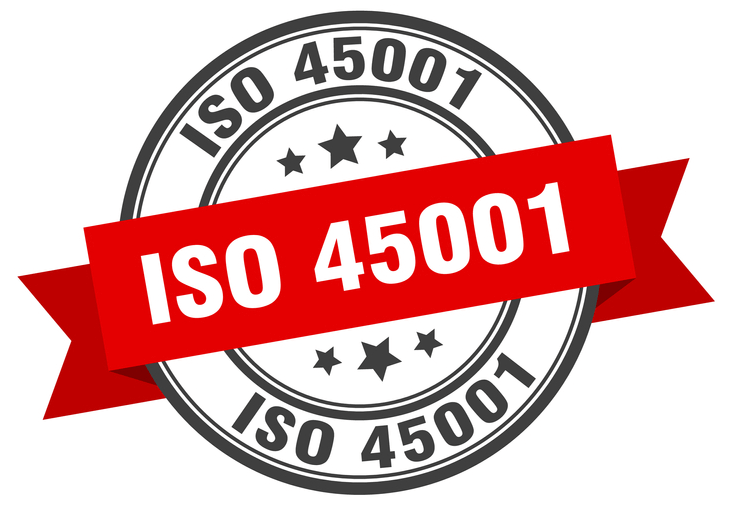What are the New Aspects of the ISO 45001 Standard?
Organizations of all types and sizes are making occupational health and safety (OHS) management systems a priority because it helps to protect their workers from accidental injuries, workplace risks, and illnesses. The ISO 45001 certification was introduced to help businesses develop a uniform framework for the OHS management system and prevent work-related risks. While there was already a standard addressing the same, i.e., OHS 18001, this new standard brings a fresh perspective with broad principles that will help companies to strengthen their OHS management system and remain compliant with international OHS laws and regulations.
Fundamental Changes that the ISO 45001 Standard Brings
The International Organization for Standardization (ISO) introduced ISO 45001 to make the OHS management system more comprehensive for businesses. The fundamental changes are:
- OHS 18001 focuses on managing risks and internal workplace issues. In contrast, ISO 45001 focuses on addressing the interactions of the company with its interior as well as external environment to reduce risks and enhance the well-being of workers.
- OHS 18001 is procedure based, which means it solely focuses on preventing risks or hazards with appropriate measures. At the same time, ISO 45001 is process-based and concentrates on finding reasons behind the risk and eliminating them.
- OHS 18001 focuses on finding solutions or mitigating the risks, whereas ISO 45001 focuses on identifying risks and opportunities for improving your OHS performance.
- OHS 18001 does not emphasize the interests of stakeholders or interested parties, while ISO 45001 needs organizations to consider their views to make OHS management more effective and to create a better working environment.
Related: ISO 45001:2018 Occupational Health and Safety Management System
Key Takeaway: How to Transition from OHS 18001 to ISO 45001?
If you are concerned about your employees’ safety, get your OHS management system migrated from OHS 18001 to the ISO 45001 certification. A certification body will perform a thorough audit of your processes and OHS management system to ensure all requirements of ISO 45001 are met. On being assured of its compliance, they would grant the certification.
1). Analyse your present OHS management system and recognize its gaps against the ISO 45001 requirements.
2). Establish the goals of your OHS management system and determine its structure and scope.
3). Provide training to employees and implement the changes required in the OHS management system.
4). Perform an internal audit to ensure the ISO compliance of the OHS management system and apply for certification.
